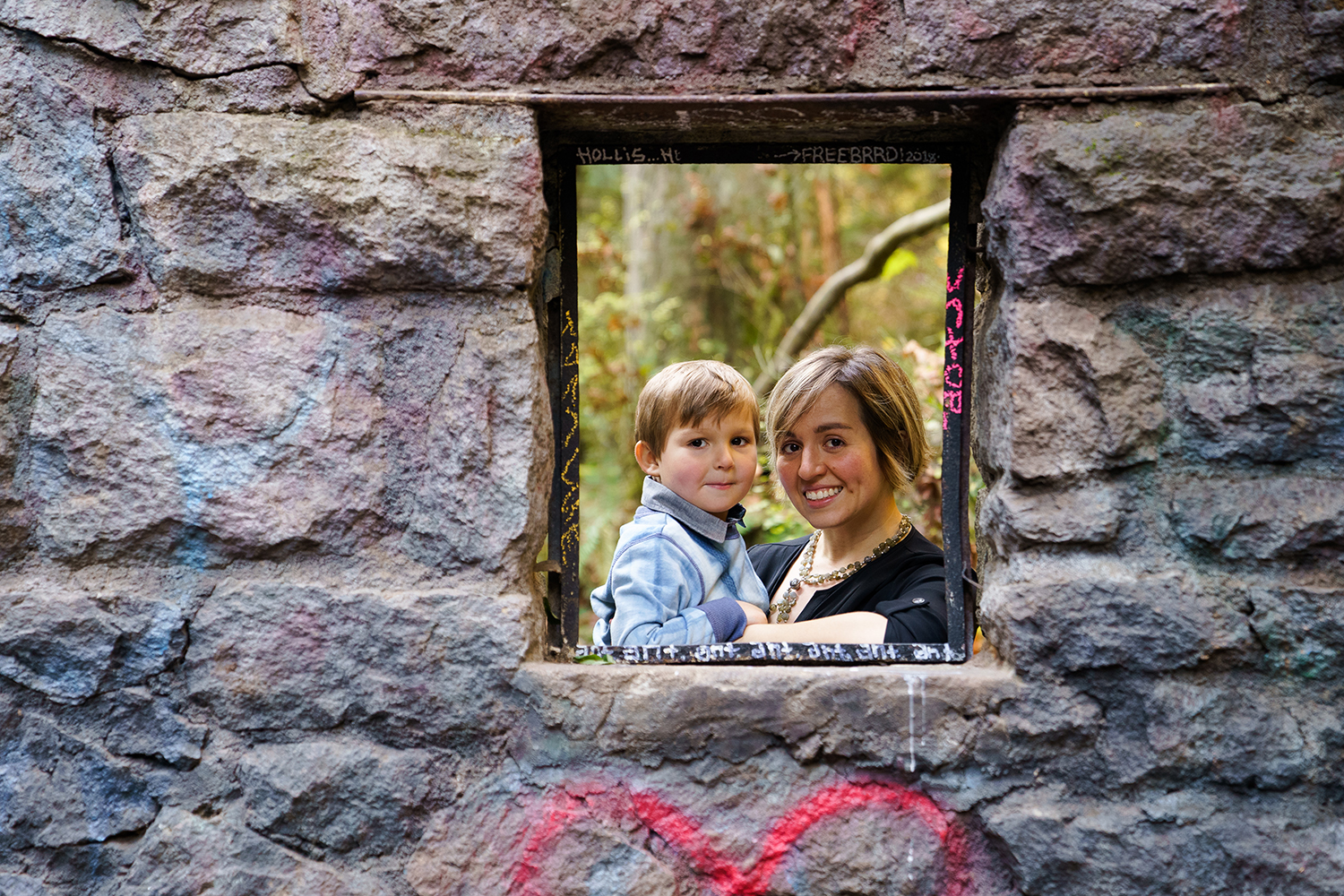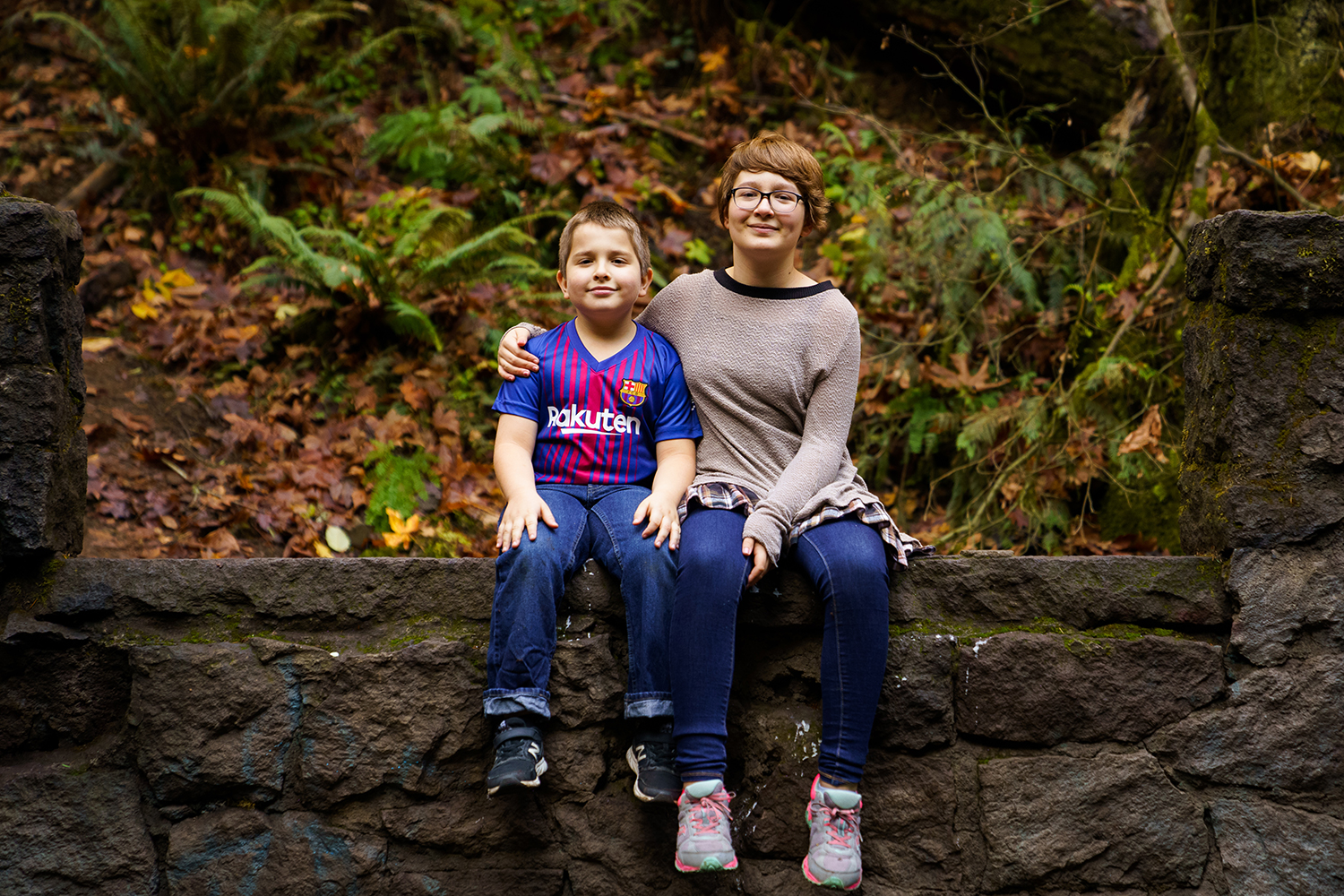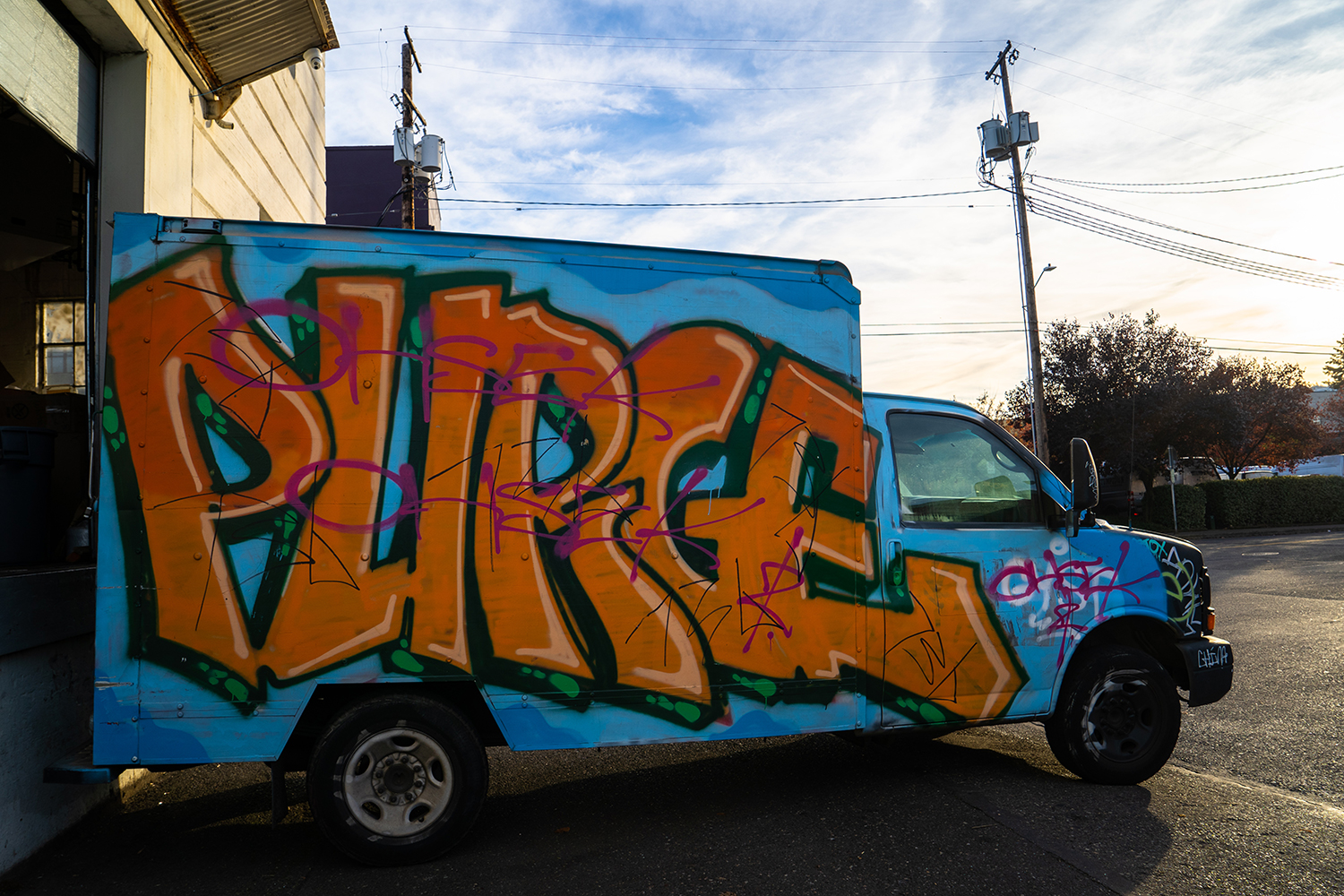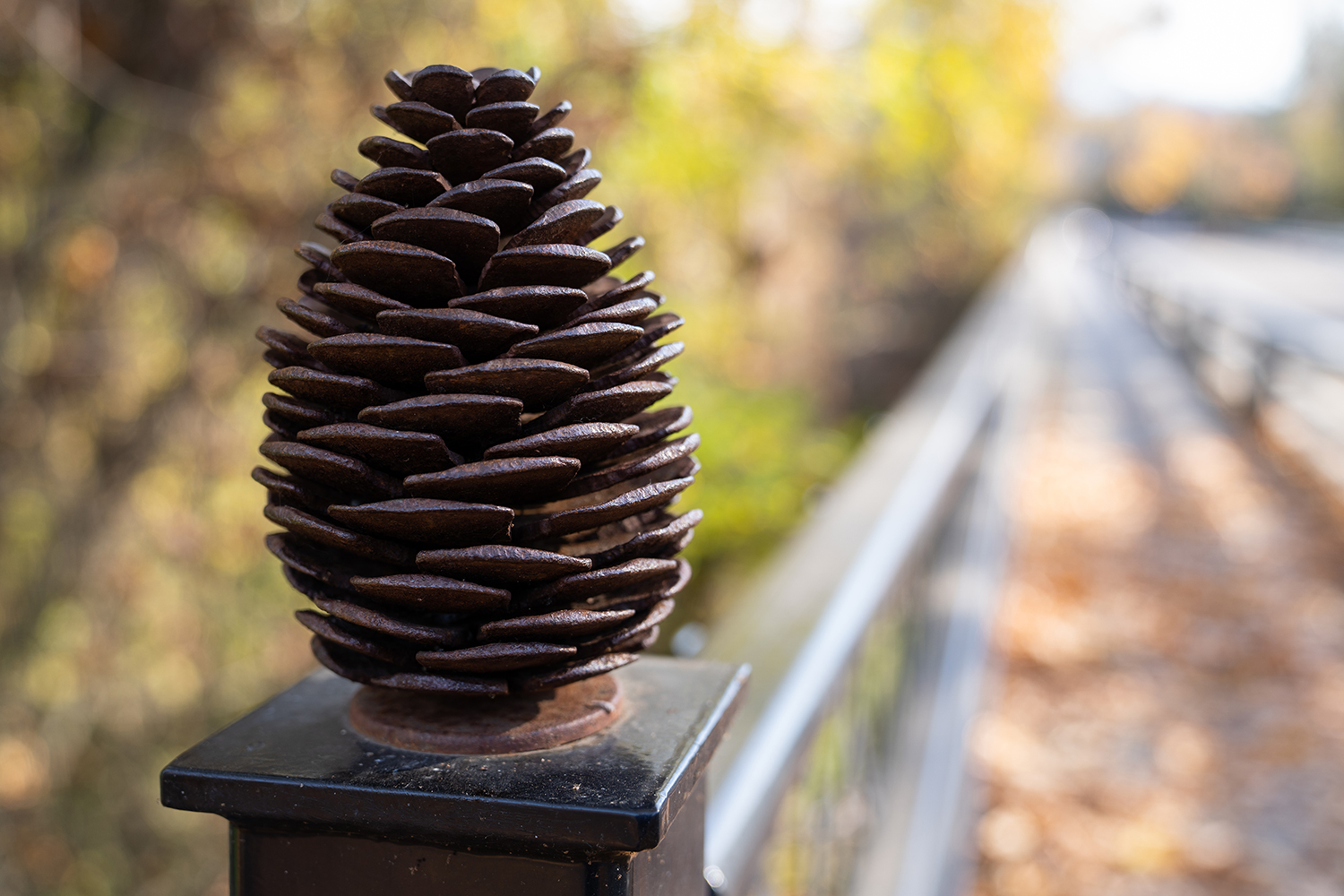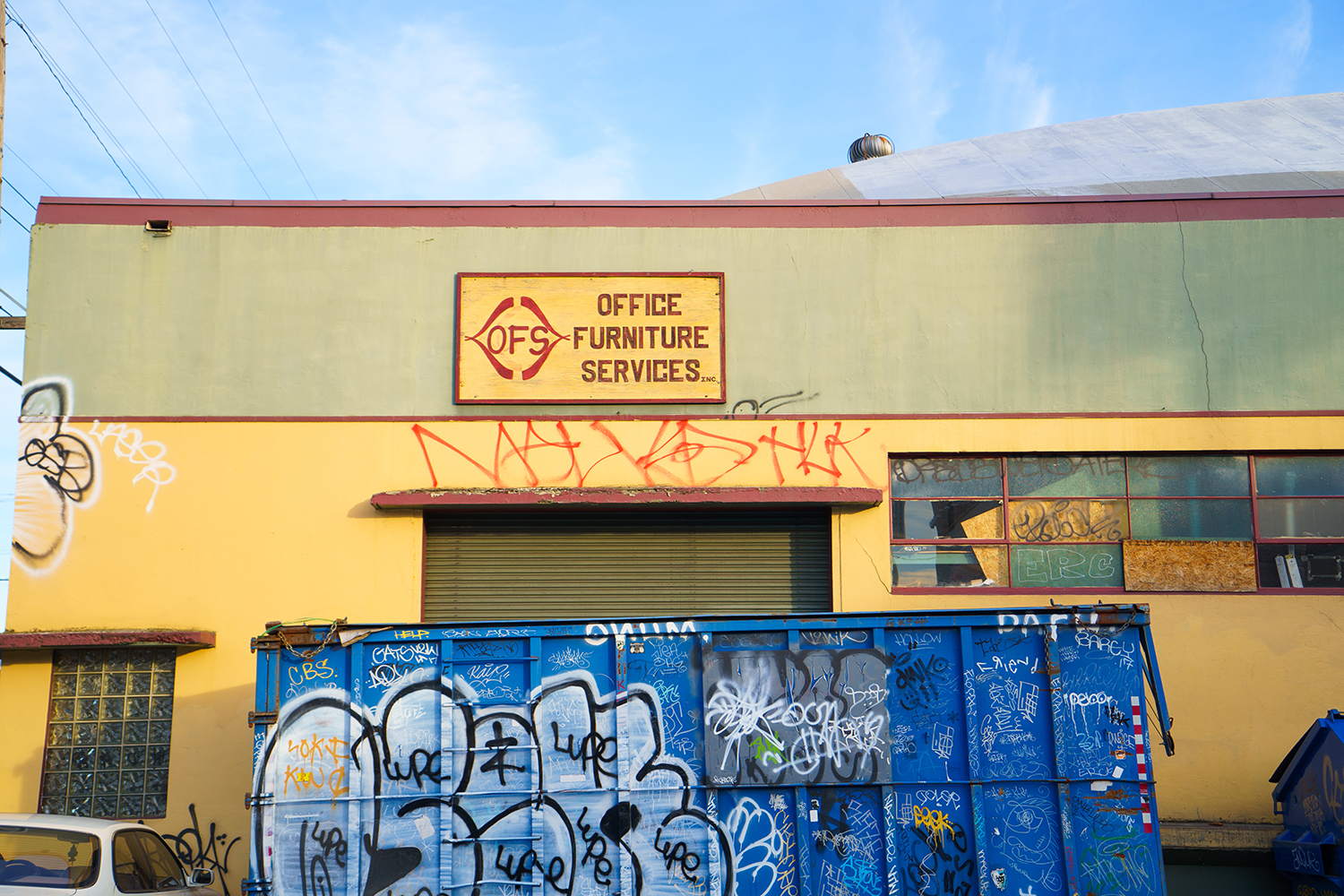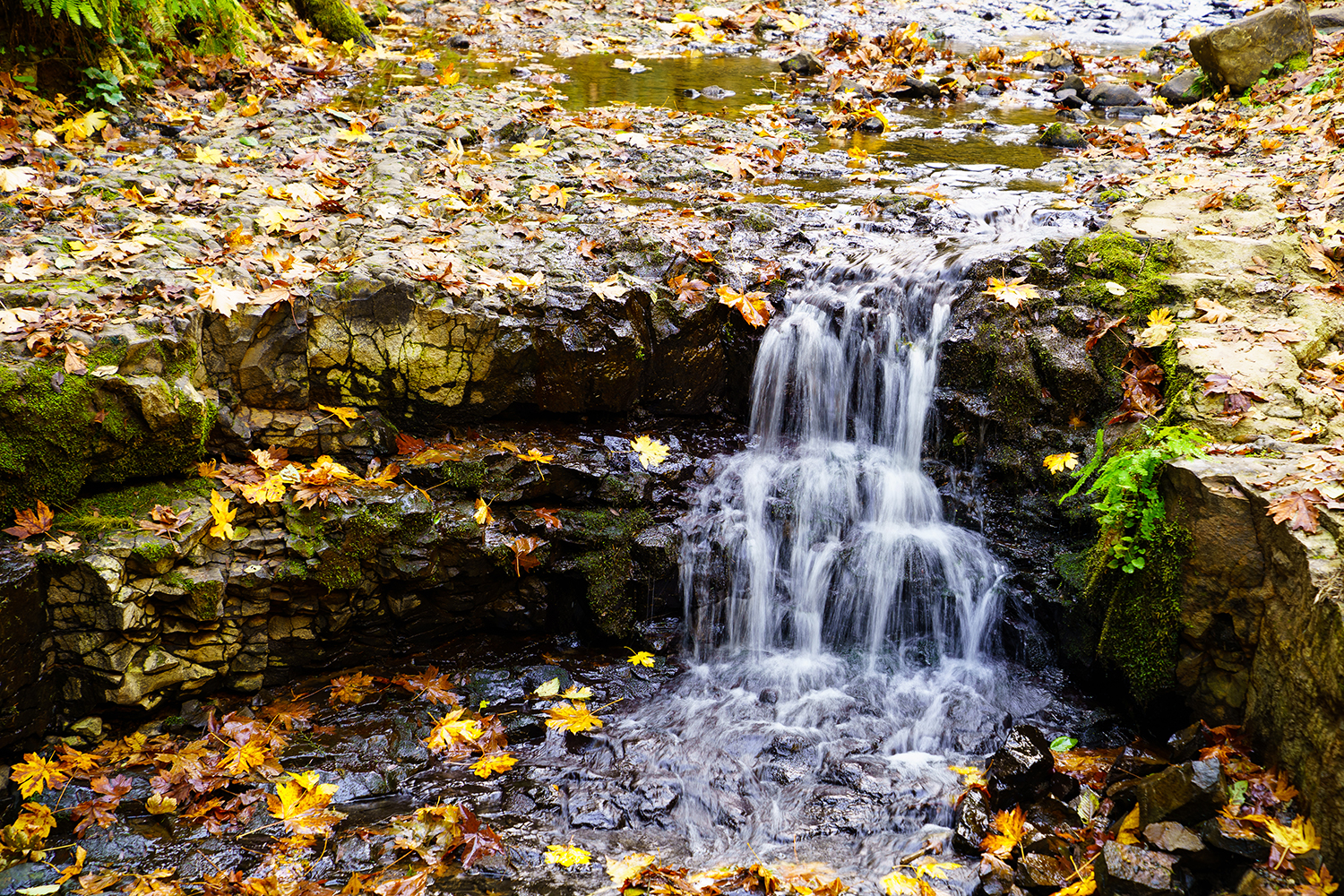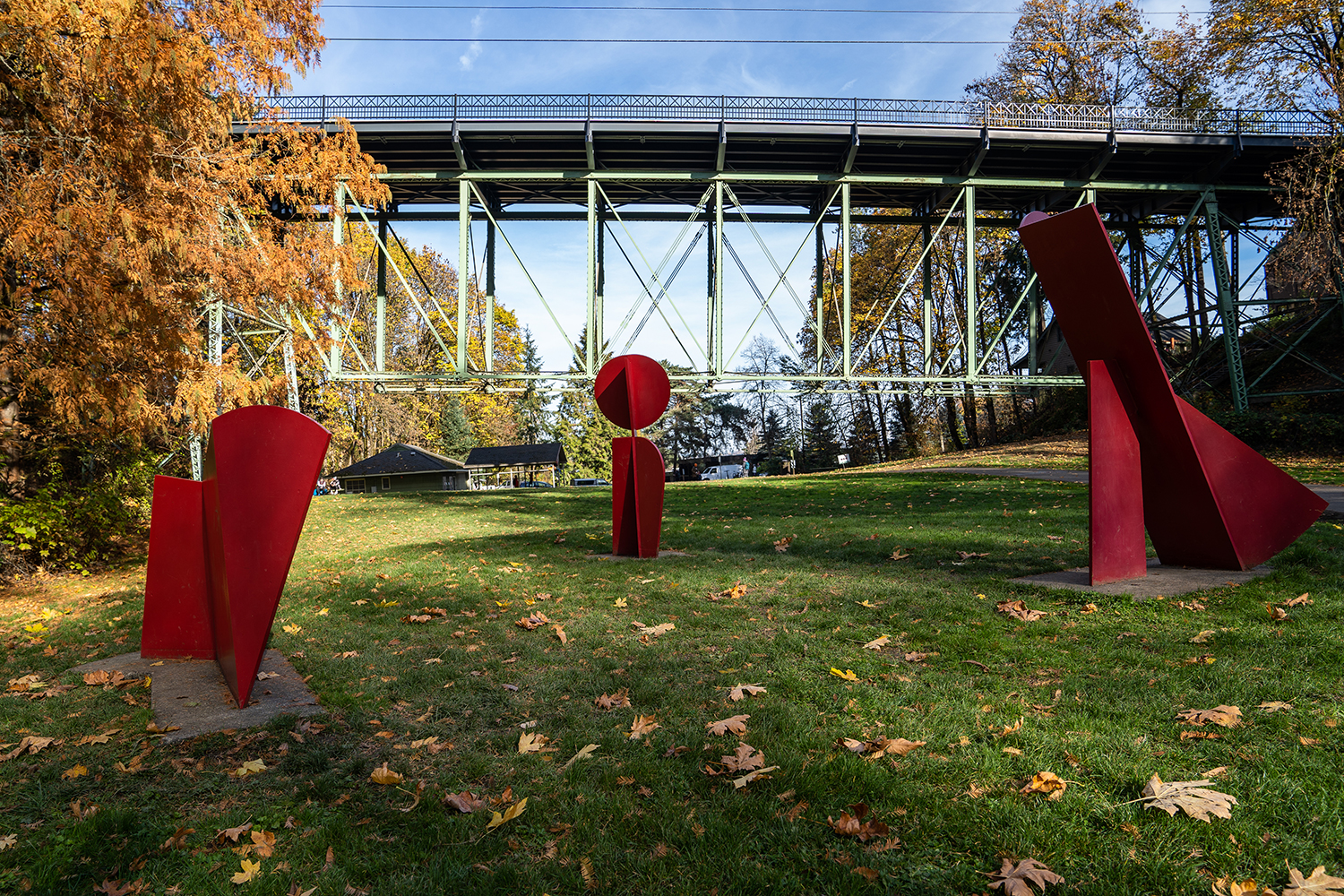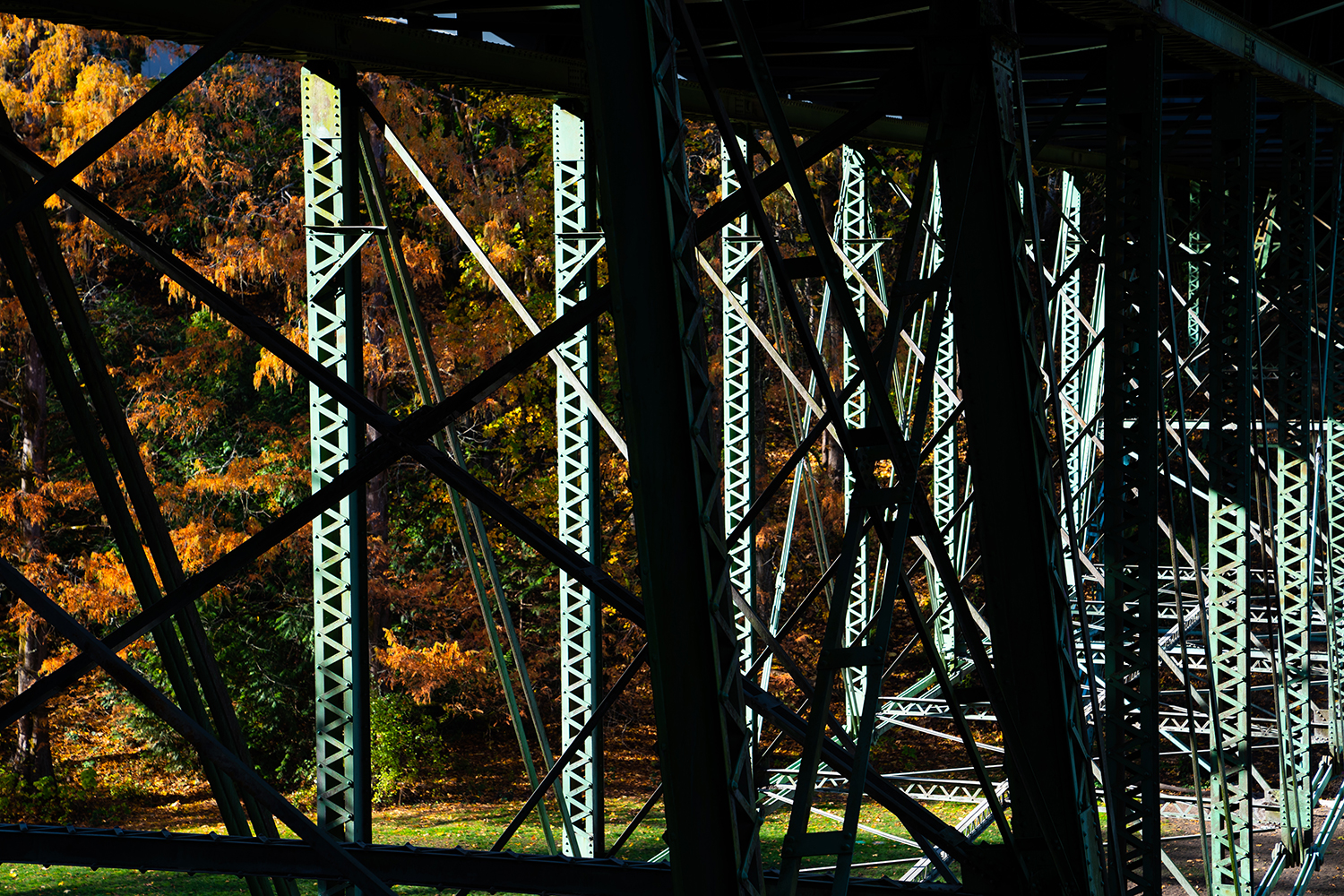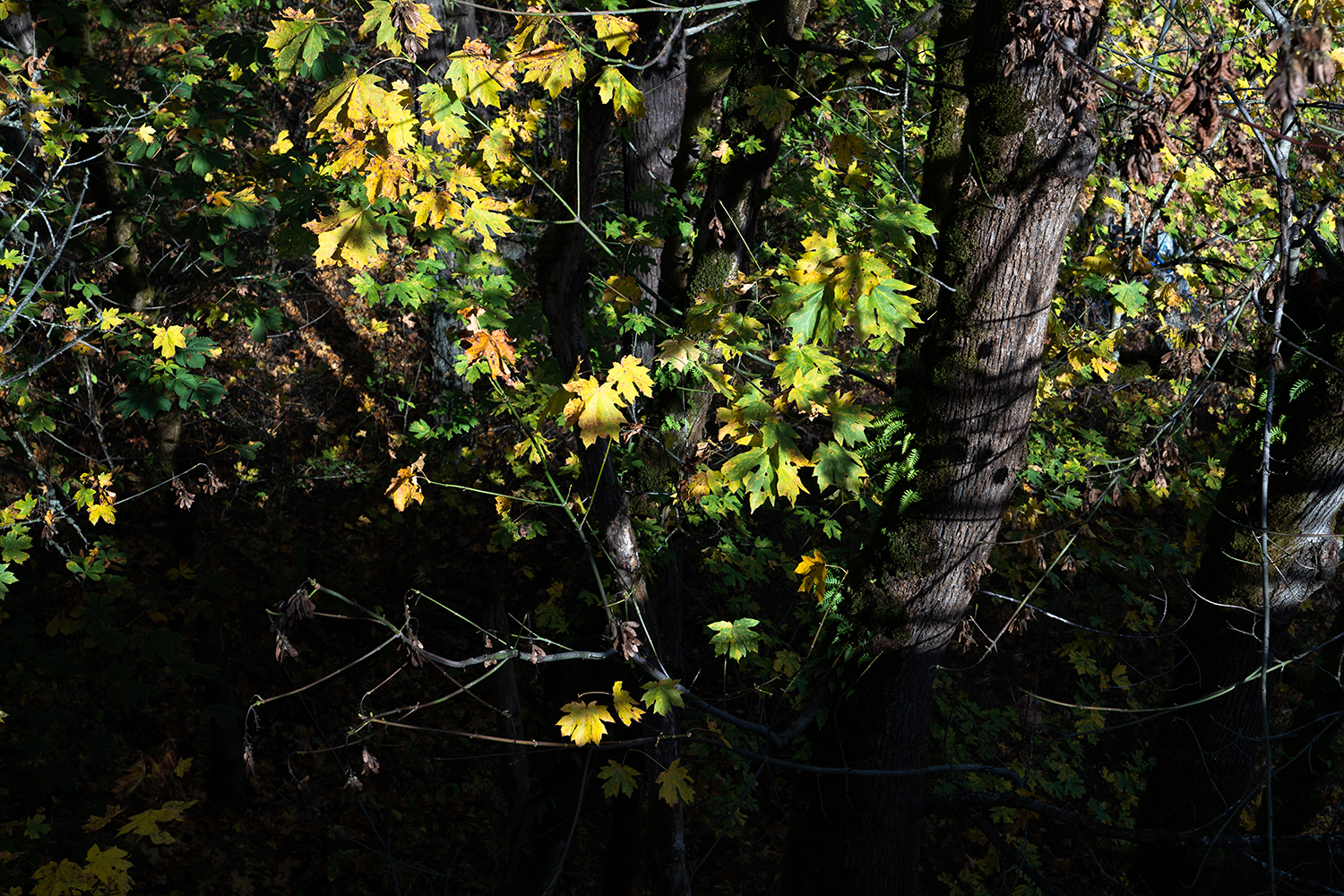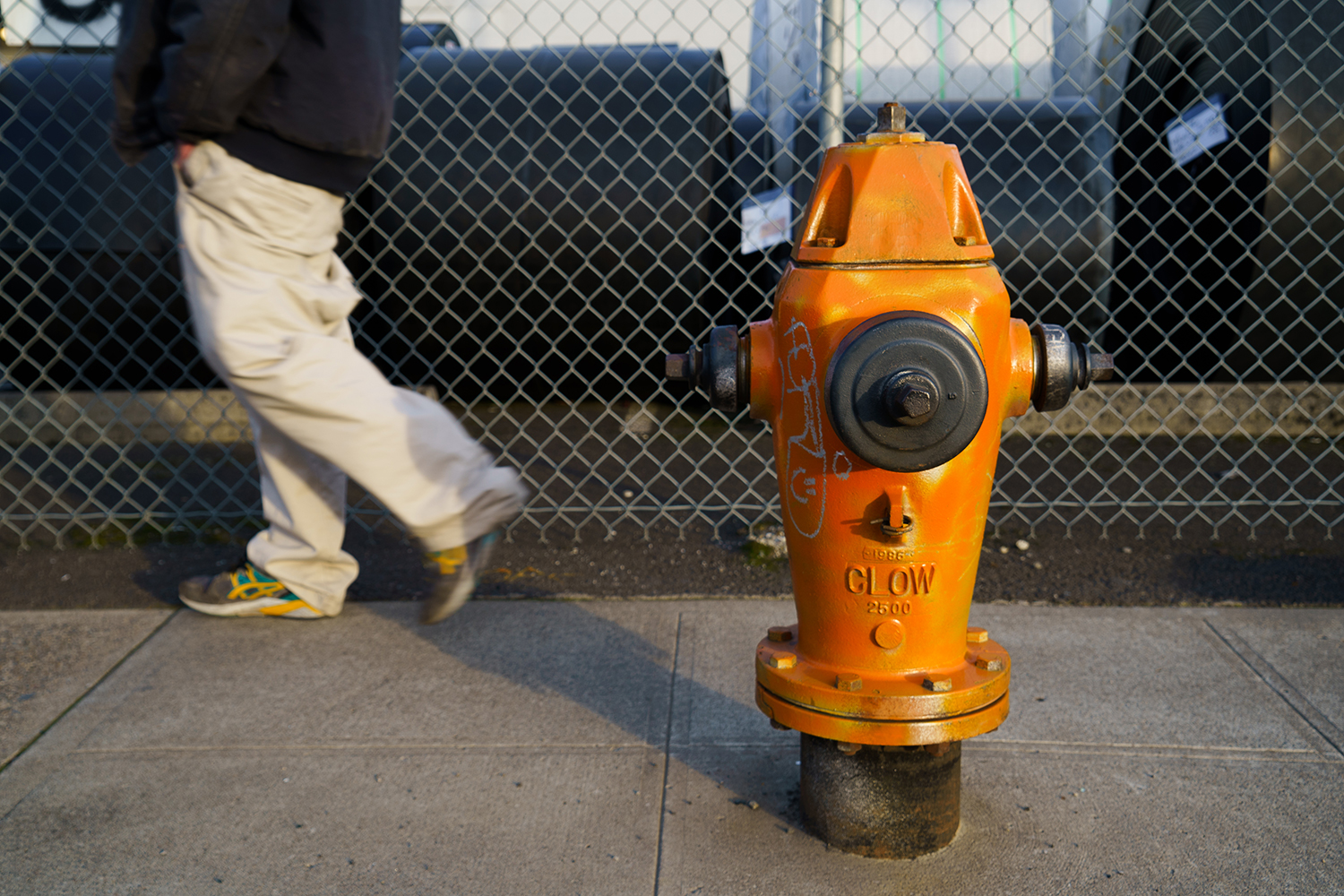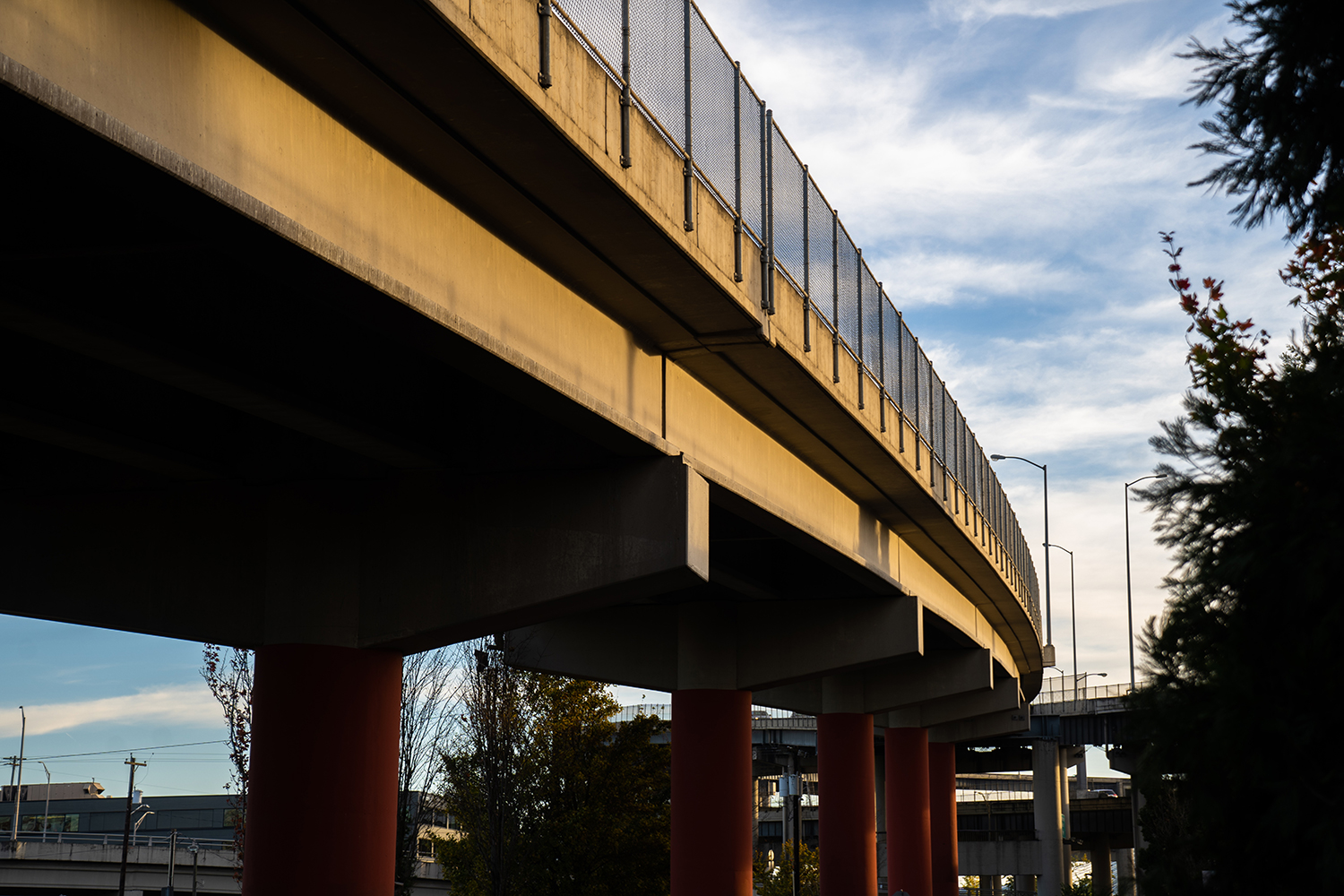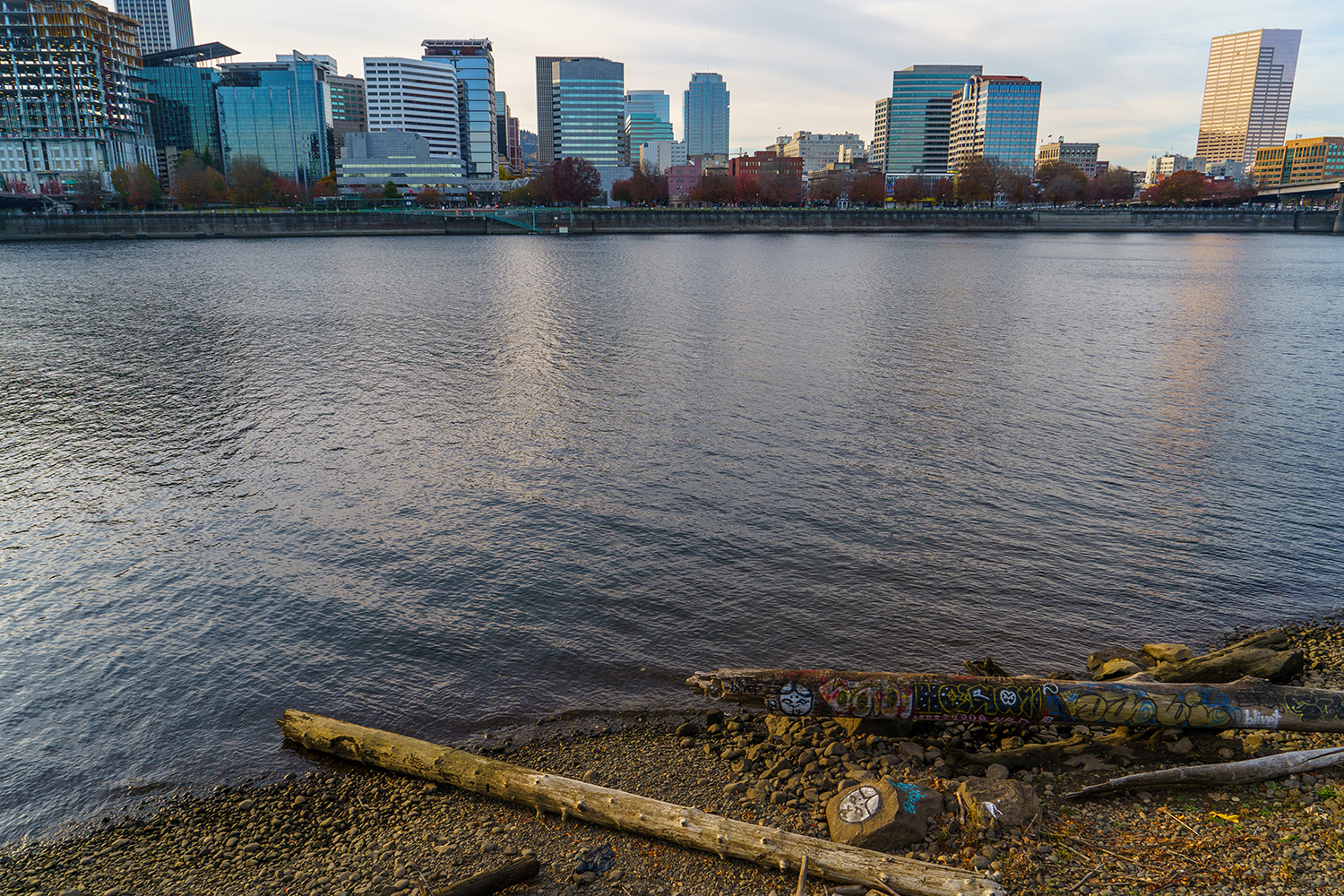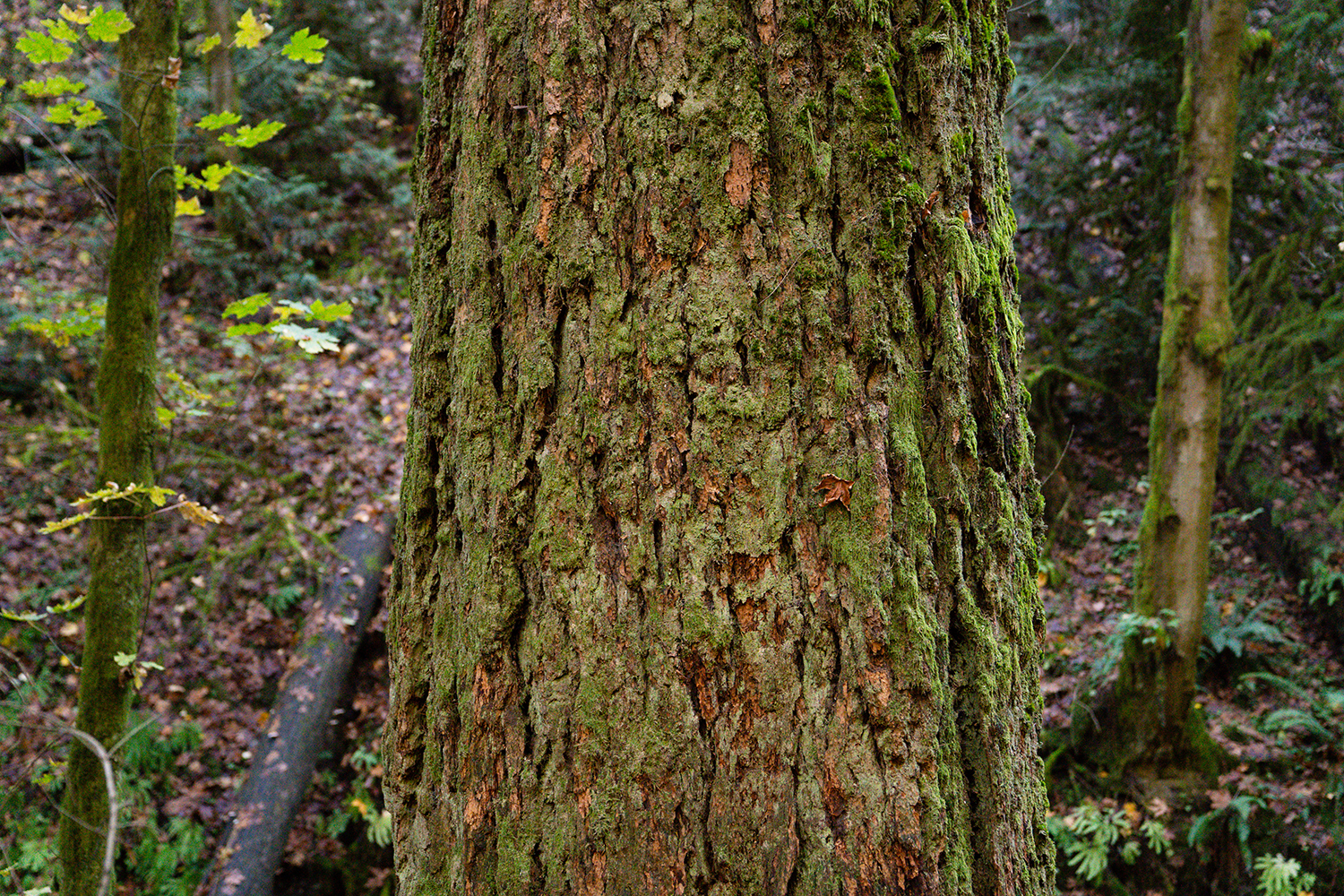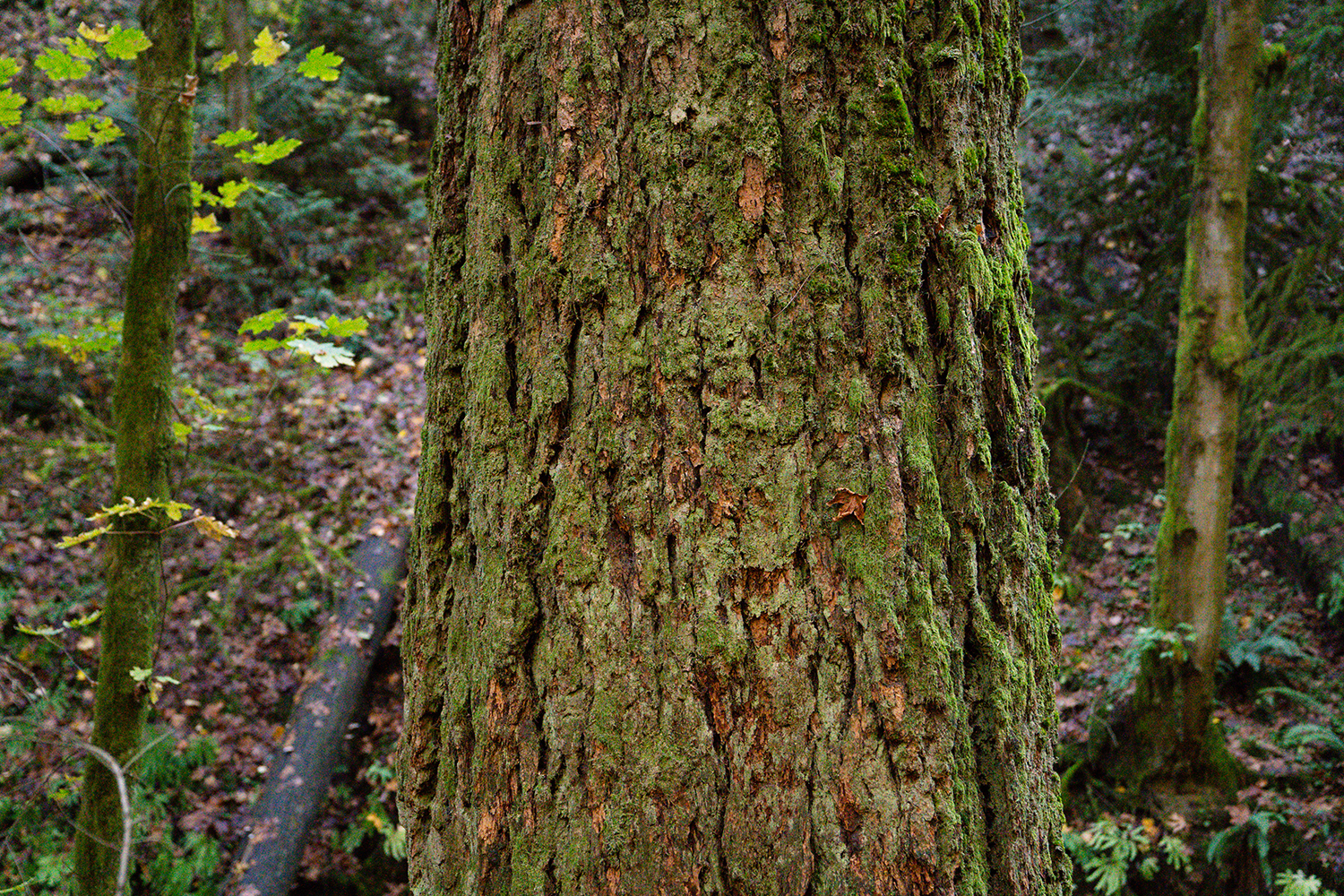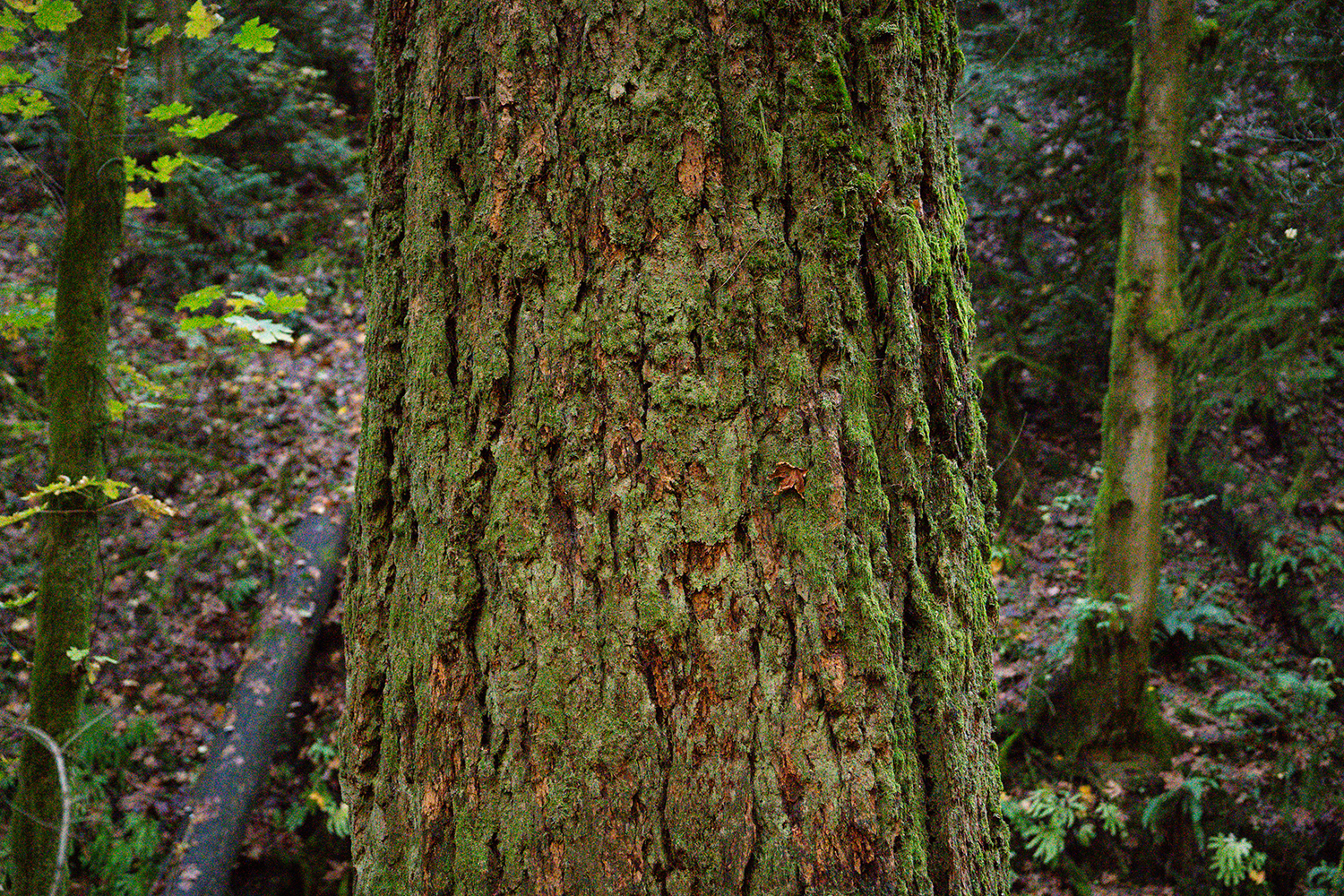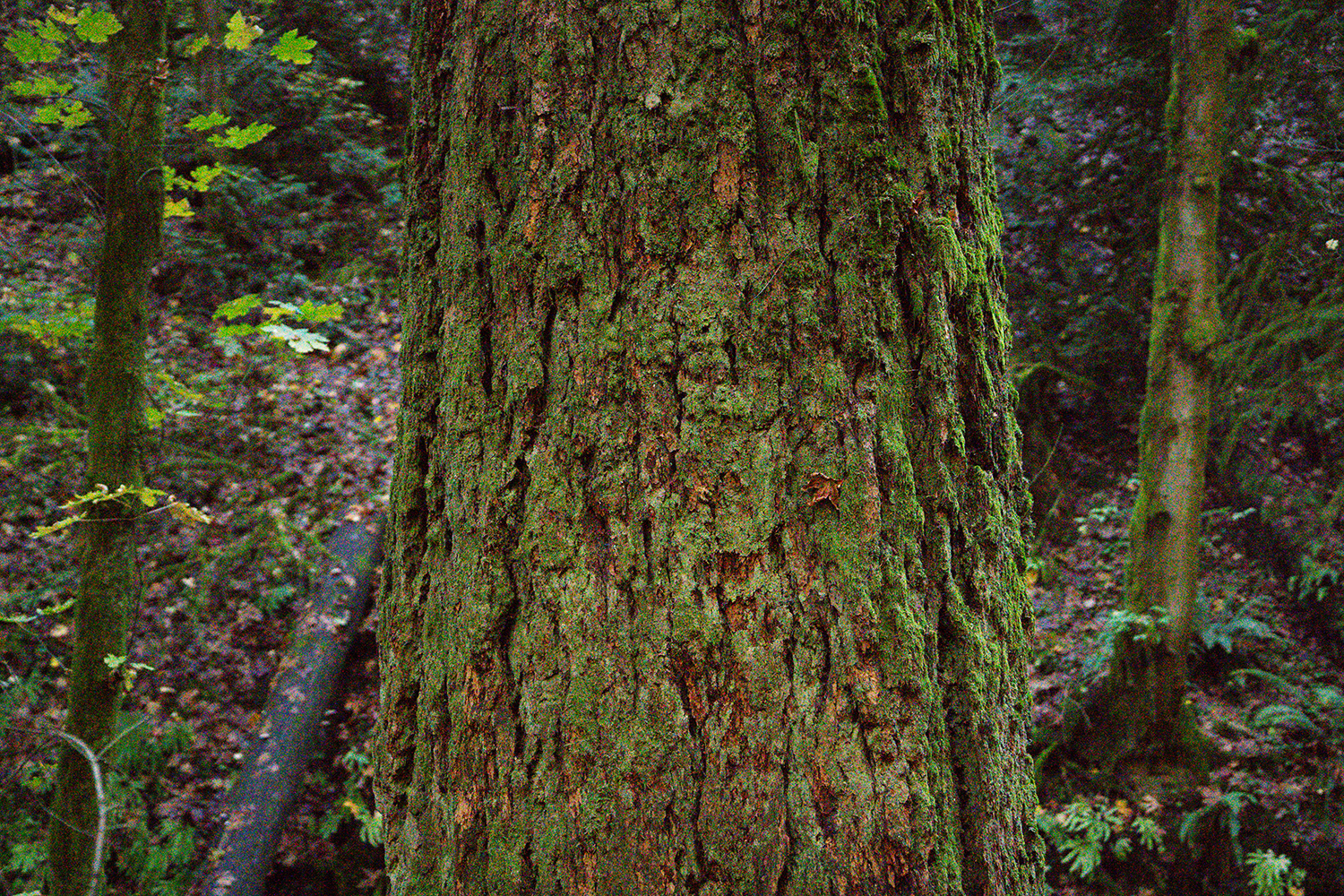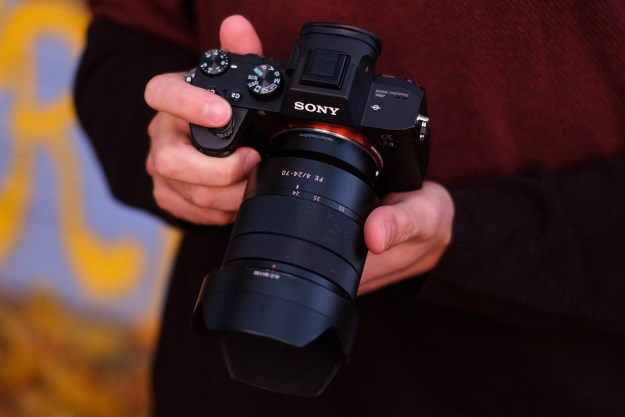
- Exceptional image quality
- 10 fps continuous shooting
- 693-point AF system
- Very responsive performance
- Very good 4K video
- Frustrating menu and control layout
- 2.36-million-dot EVF is behind the times
- Video is no longer best in class
When it introduced the third-generation A7, Sony said the mirrorless camera would redefine what it meant to be the “basic” model — a promise that has largely been kept. The A7 has always been the entry point to Sony’s full-frame line, along with the higher-end A7R and A7S, and thus lacking some features. The A7 was never a beginner’s camera, by any means, but it is — or at least was — a compromise, seeking to appeal to a broader range of photographers without offering the more specific advantages of the A7R, A7S, or new A9 series.
The A7 III flips this notion on its head. It offers the dynamic range of the A7R III, the low-light performance of the A7S II, and enough of the speed of the Sony A9 that it serves up all the performance most of us would ever need — and it does it all for well below the cost of those other models. It is the complete package — the real deal, the full enchilada.
We have our usual reservations about Sony’s control layout and menu system, and the camera doesn’t achieve best-in-class status on every single feature, but it would be difficult not to recommend it to virtually any photographer who can afford it. Even those who could afford much more will likely find all the camera they need in the $2,000 A7 III.
Specs and tech
Sony is known for pouring as much tech into its cameras as it can, and the A7 III is the latest example of this. It all starts with a new backside-illuminated (BSI) 24-megapixel sensor. The resolution hasn’t changed since the original A7, but backside illumination runs the circuity on the back of the sensor, rather than the front, making it more sensitive to light. This helps nudge the maximum ISO up a stop to 51,200 (which can be boosted to 204,800).

BSI sensors aren’t new, but the technique is generally reserved for sensors with smaller pixels — either tiny sensors like those in phones, or large sensors with very high pixel counts like the A7R III — where the difference is more noticeable. Sony’s move to a BSI sensor on the A7 III shows that it is trying to squeeze out as much as it possibly can from those 24 million pixels.
The A7 has always offered plenty of resolution for the majority of photographers, and by sticking with the same pixel count, Sony has been able to dramatically increase continuous shooting speed to 10 frames per second. Combined with a new autofocus system that puts 693 phase-detection points across nearly the entire frame, this should be an impressively capable camera for sports and action.
The Sony A7 III is one of the most impressive high ISO cameras we’ve ever tested.
The A7 III also inherits the latest-generation battery, which takes battery life up to a very good 710 shots per charge (CIPA rating), up from 350 in the A7 II. A DSLR will still do much better, but it’s the best we’ve seen yet in a mirrorless camera.
The 5-axis stabilization system has also been revamped to provide five stops of shake reduction, compared to 4.5 in the A7 II. It can’t quite match the best in-body stabilization systems out there from Olympus and Panasonic, but it is still very good and allows you to shoot a much slower shutter speed than you normally could. In practice, we were able to get sharp results down to 1/8 second.
However, there are also areas where Sony is starting to fall slightly behind some of the competition, which has been racing to catch up (see how it stacks up to full-frame rivals in our comparison). For example, the A7 III still uses a 2.36-million-dot electronic viewfinder, which is over a million fewer pixels than the 3.69-million-dot EVFs found in the Nikon Z6, Canon EOS R, Fujifilm X-H1, and Panasonic Lumix G9.
Still, the A7 III remains one of the most attractive buys in the $2,000 price range, even if doesn’t outright dominate on every spec comparison.

Design, handling, and user experience
First, the good: The A7 III is fast. The autofocus locks on blazingly quick (tested with the 24-70mm f/2.8 G Master lens), shutter lag is completely absent, and the viewfinder blackout is among the shortest we’ve ever seen. The AF joystick is a bit numb, but still offers a good way to move the active focus point around — if you’d rather, you can also do this on the touchscreen.
The 10-frames-per-second burst mode isn’t just a marketing claim, either — the camera can hold that speed for a full 40 uncompressed RAW files, and the buffer clears in under 15 seconds when using a V90 UHS-II SD card. You’ll need to drop to 8 fps for live view, but this is still an impressive number. Unlike older Sony cameras, you can also fully access the menu system and image playback while the camera is writing to the card, erasing one huge complaint about previous A7 models.
Competitors
However, not every rough edge has been smoothed out. Sony cameras come so bloated with tech and capabilities that we often overlook the things that are merely acceptable. The A7-series is no longer the only full-frame mirrorless game in town, and its seams are starting to show. For example, while A7 III offers some slight ergonomic improvements over the Mark II model, it doesn’t come close to the comfort of the Nikon Z6.
When it comes to controls, the A7 III makes rather inefficient use of its real estate, leaving the left shoulder completely naked where a drive mode dial or additional button cluster could have fit easily. Alternately, Sony could have moved the exposure mode dial to the left and freed up room for a top LCD display on the right, à la the Z6. Nor are there any controls on the front of the camera, save the lens release button. At the very least, this would be a perfect spot for a focus mode switch, something that is totally absent from the camera body.
Sony also relies on custom buttons for functions that we feel should have dedicated controls, like white balance, autofocus area, and focus mode. On the plus side, Sony offers 22 pages of options in the setup menu for customizing those buttons to your heart’s content — but doing so results in losing one-button access to the above-mentioned functions, which many photographers will no doubt see as necessary.
There is, at least, a dedicated button for ISO — sort of. It occupies the right position on the rear control wheel, which doubles as a four-way button pad. Aside from feeling a bit flimsy, this is at least functional, but it reminds us of point-and-shoot control layouts and isn’t exactly befitting a camera of this station. We can say the same thing about the drive mode button, which lives opposite ISO on the left position of the dial.
Looking inside the menu system, we find things are as complicated as ever. This isn’t a new complaint, but we still can’t understand why Sony chose to organize the menu the way it has. Things like video quality and custom button settings both live under the same top-level menu. Why isn’t there a dedicated Movie settings menu? Why isn’t control customization found under the Setup menu? Worse, the first and second top-level menus are identified by the same camera icon, while the other menus use icons that are unique to Sony rather than the industry standard options used by many brands.
It’s so good across such a wide variety of situations that it’s hard to imagine a scenario that the A7 III couldn’t handle.
Then there’s the esoteric (to put it kindly) way you choose the color profile. For basic users, this isn’t too bad once you understand the nomenclature. Creative Style is where you’ll find the usual suspects, like Standard, Vivid, Neutral, Portrait, etc. Picture Effect is for more “artistic” post-processing effects that, for most of us, are better left untouched, such as Toy Camera and Pop Color.
However, if you’re an advanced video user looking to unlock the power of S-Log or Hybrid Log Gamma (HLG), you’ll need to look in door number three: Picture Profile. This brings up a list of 10 profiles identified solely by number (PP1 through PP10). You have to open a profile to see its settings — our test camera came with PP9 set to S-Log3 — but any profile can be customized as you see fit.
Now, there’s a ton of power on tap here, and experienced users will love the ability to set black level, gamma (where you’ll find S-Log2, S-Log3, and four different flavors of HLG), black gamma, knee, color mode, and much more inside these picture profiles — but most of us don’t need all of this control. Why can’t basic S-Log and HLG options be included under the regular Creative Style menu?

At the end of the day, these issues aren’t exactly deal breakers — give it time, and you will grow accustomed to the workings of whichever camera you choose. We reviewers admittedly have more reason to complain about user interface frustrations than the average photographer, as we are constantly moving between brands and models. Still, there is plenty of room for improvement in Sony’s menus and physical controls, and it would be nice to see the company prioritize usability refinements over raw technology upgrades in the next generation.
Image quality
With all the nitpicking about buttons and menus out of the way, let’s dive into the heart of the A7 III: the photographs themselves. The image quality is simply stunning. Full-frame sensors continue to showcase advantages over APS-C and Micro Four Thirds, a truth that just cannot be denied, and the sensor in the A7 III is one of the best we’ve seen yet.
Top crop-sensor cameras, like the Fujifilm X-T3, will give the A7 III a run for its money at base ISO, but quickly fall behind as the sensitivity ramps up. The A7 III produces very impressive results up to ISO 25,600, which you shouldn’t be afraid to use if you need to. The maximum non-boosted setting of 51,200 does add a sizable helping of noise, but is still usable after a little noise reduction if you don’t mind the slight loss of detail. In short, this is one of the most impressive high ISO cameras we’ve ever tested.
At the base ISO of 100, the A7 III delivers a claimed 15 stops of dynamic range (DXOMark measured it at a slightly more modest 14.7 stops). This means the camera captures detail across a broad tonal range, perfect for high contrast landscapes or other scenes where you’d otherwise struggle to balance bright highlights and dark shadows. In our experience, when shooting uncompressed RAW files, we were able to boost exposure by up to five stops in Lightroom before adding too much shadow noise to the image.
We’ve seen cameras that perform very well at low ISO and we’ve seen cameras that perform very well at high ISO, but rarely do we get a camera that excels at both. This is a key reason why the A7 III should be on any photographer’s shortlist, even those who were previously only considering higher-end models. It’s so good across such a wide variety of situations that it’s hard to imagine a scenario that it couldn’t handle, unless you absolutely need more resolution.
Video
If there’s one area where Sony has been consistently at the head of the pack, it’s video. However, the winds are changing, and not in Sony’s favor. By and large, the A7 III makes do with the same video system we see in other current Sony cameras, offering 8-bit 4K at 30 fps in the XAVC S video codec at 100 megabits per second. Yes, this is an upgrade over the Full HD video found in the A7 II (which is now four years old), but it’s not enough to keep Sony at the head of the pack.
It’s easy to point to the Panasonic Lumix GH5, with its 400Mbps 10-bit codec and 60-fps 4K, as the obvious contender here, but even brands less known for video have caught up and, in some areas, surpassed Sony. Take Nikon, which offers 10-bit 4:2:2 output with N-log on both the Z6 and Z7, or even Fujifilm, which includes internal 10-bit recording at 400Mbps and 60fps 4K on the X-T3. With this kind of competition, the video mode in the A7 III is merely keeping pace.
That said, the video quality is still quite good. While this won’t be our first recommendation for professional videographers, we can’t argue that the A7 III delivers beautiful video suitable for a wide variety of creatives. Details are sharp, colors look rich and lifelike, and S-Log3 footage grades remarkably well — better than we might have expected for a 100Mbps codec with 8-bit color. There’s still a place for 10-bit video and higher bitrates, but Sony has done a commendable job continuing to get the most out of XAVC S.
All of this is complemented by the in-body image stabilization, which helps keep handheld video smooth. It can’t replace a gimbal, but it’s a huge help compared to non-stabilized cameras.
Warranty information
Sony offers a one-year warranty on all new cameras.
Our Take
The A7 III is a solid step forward for Sony’s “basic” model, and our initial impressions back in March were of unrestrained delight. However, the ensuing months have unleashed a barrage of innovative cameras that have tempered our excitement somewhat. Full-frame mirrorless competition from Nikon, Canon, and — next year — Panasonic means Sony is no longer running uncontested. As great as it is, the A7 III isn’t a shoo-in; it is, rather more conservatively, a choice worth considering.
And how you make that choice comes down to the specifics of what you need and how you shoot. We much prefer the handling and interfaces of other brands, but we can’t argue with the performance and image quality of the A7 III, which are absolutely exceptional.
Is there a better alternative?
Right now, the closest competitor is the Nikon Z6, which matches the A7 III on resolution and price and offers similar performance characteristics. The Z6 has a lower-density AF system and much worse battery life, but has a higher-resolution viewfinder, better ergonomics, and a faster 12 fps burst rate (albeit, with exposure locked and without live view). The Sony has better internal video quality — and many more video settings — but the Nikon offers higher quality HDMI output for external recording.
How long will it last?
As far as we can tell, this is the best made A7 camera yet, and it should hold up to the demands of professional wear and tear, although Sony’s weather sealing may not be the best out there. As for features, this camera should keep you happy for some time — but we do wish it came with a higher-resolution EVF.
Should you buy it?
Yes. It may no longer be the obvious choice, but the A7 III is still the best choice for many photographers. It is fast, capable, and — most important — takes incredible images.
Editors' Recommendations
- Best Sony A7 III deals: Save $300 on the full frame mirrorless camera
- The Nikon Z 7 II and Z 6 II are coming October 14: Here’s what we want to see
- Sony A7S III hands-on: Confessions of a devout Panasonic user
- The Nikon Z 5 doubles down on SD card slots despite its entry-level price
- Sony’s new ultra-wide full-frame lens is the first of its kind






